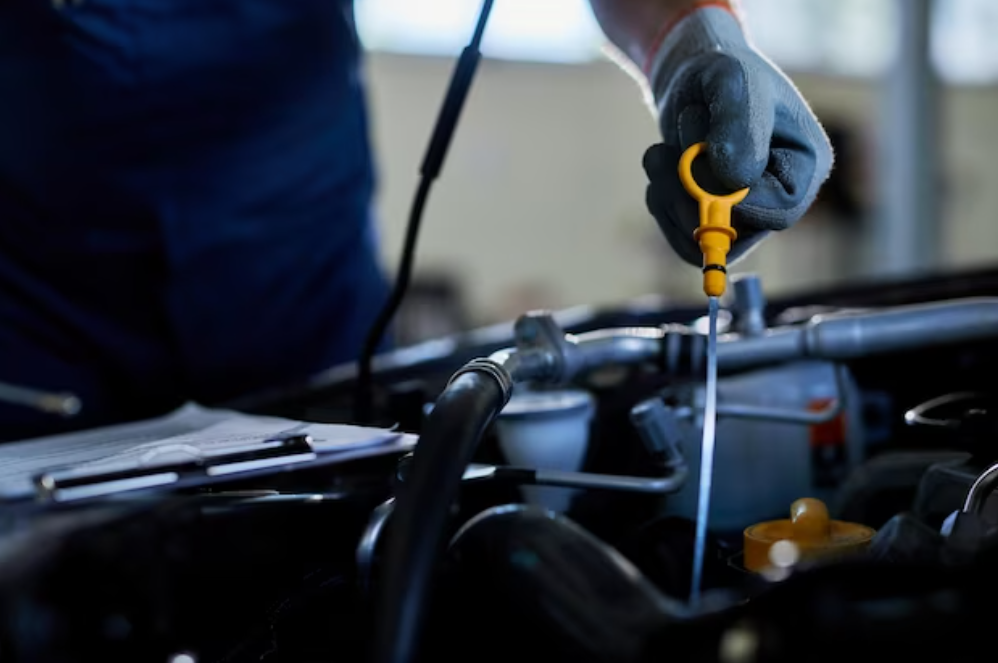What Is An Intercooler? And How Does It work?
Imagine driving a car that feels sluggish and unresponsive, especially when you need that extra burst of power. Now, picture another car that is similar in many ways, but it seems to have a little extra kick and a little more oomph when you press the accelerator. The difference could very well be an intercooler. Understanding what an intercooler is and how it works can open your eyes to one of the key components that help turbocharged and supercharged engines perform at their best.
In this blog post, we'll delve into what an intercooler is, the different types available, how they work, their benefits, common applications, maintenance tips, and how to choose the right one for your vehicle.
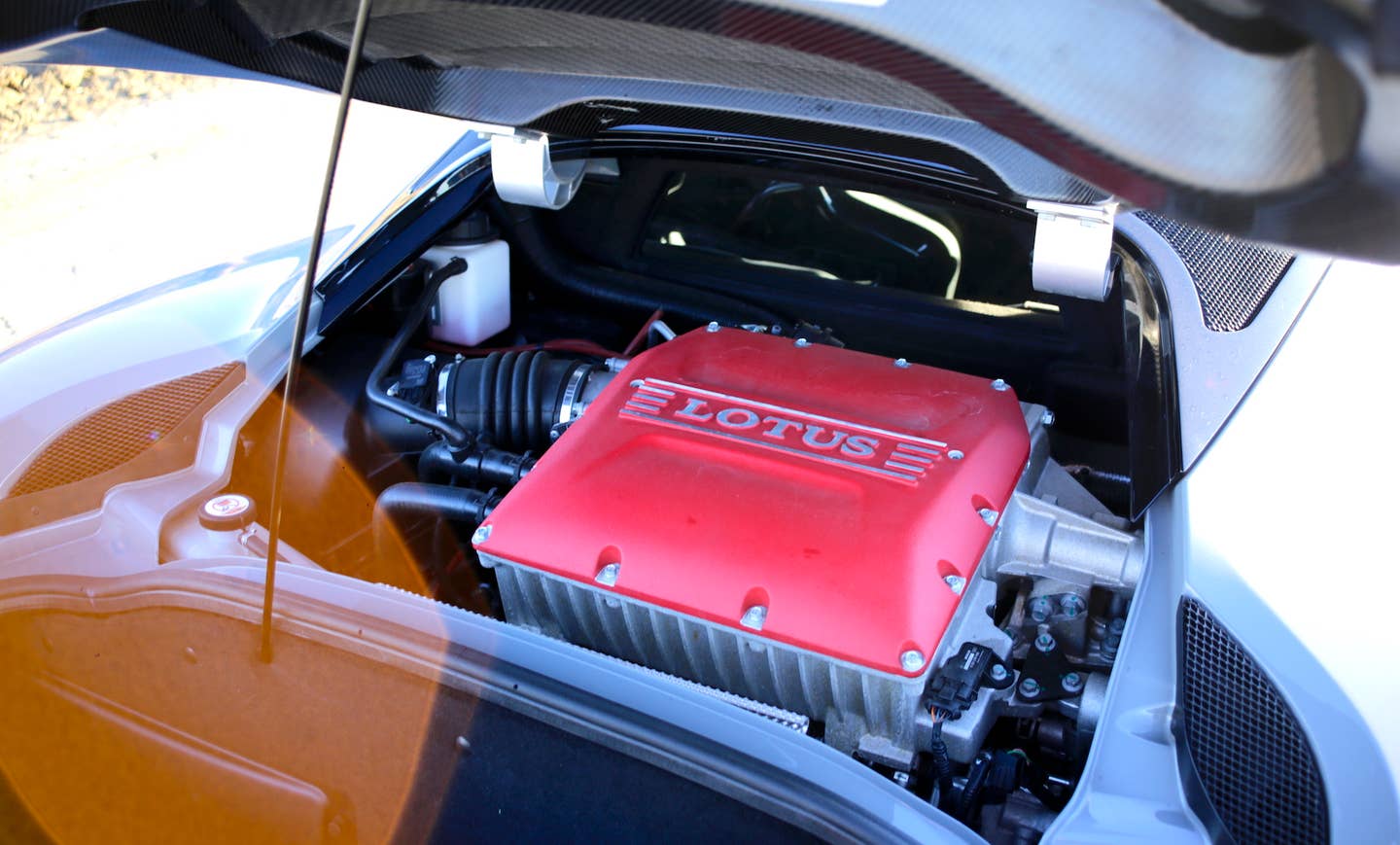
What Is An Intercooler?
An intercooler is a mechanical device used to cool the air compressed by a turbocharger or supercharger before it enters the engine. By cooling this air, the intercooler increases its density, allowing more oxygen to enter the engine. This results in better combustion, improved performance, and higher efficiency.
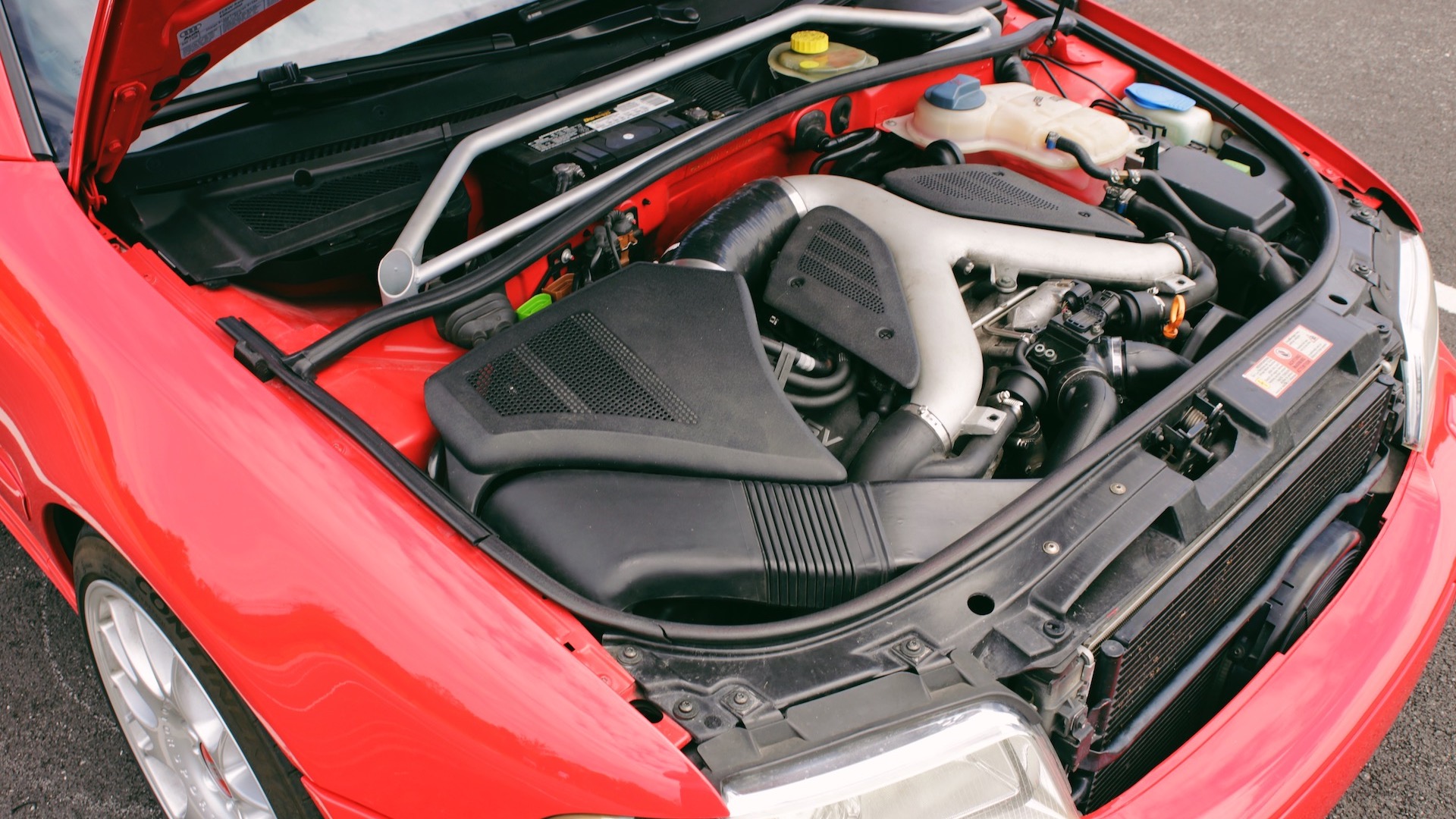
Air-to-Air Intercoolers
Air-to-air intercoolers use ambient air to cool the compressed air coming from the turbocharger or supercharger. These intercoolers are typically mounted at the front of the vehicle, where they can benefit from maximum airflow.
- Pros: simplicity, reliability, and no need for additional cooling systems.
- Cons: Their performance can be affected by the ambient temperature; they are less effective in hot climates.
Air-to-Water Intercoolers
Air-to-water intercoolers use a liquid coolant to reduce the temperature of the compressed air. The coolant, often a mixture of water and antifreeze, absorbs heat from the compressed air and is then cooled down by a radiator.
- Pros: more efficient cooling, less affected by ambient temperature, and a more compact design.
- Cons: More complex system, requiring additional components like a water pump and radiator, which can increase weight and potential points of failure.
Intercoolers operate on a straightforward principle: heat exchange. When air is compressed by a turbocharger or supercharger, it heats up. Hot air is less dense, meaning it contains less oxygen, which is not ideal for combustion. The intercooler cools this air before it enters the engine, making it denser and richer in oxygen.
- Air Compression: Air is compressed by the turbocharger or supercharger, increasing its temperature.
- Cooling Passage: The hot compressed air passes through the intercooler, which has numerous fins and tubes designed to maximize surface area.
- Heat Exchange: Heat from the compressed air is transferred to the cooler ambient air (in an air-to-air intercooler) or the coolant (in an air-to-water intercooler).
- Cooler, Denser Air: The cooled, denser air is then directed into the engine, improving combustion efficiency.
- Components: Key parts include the intercooler core, end tanks, and piping. The core is where the heat exchange occurs, the end tanks guide the air in and out, and the piping connects the intercooler to the turbocharger and intake manifold.
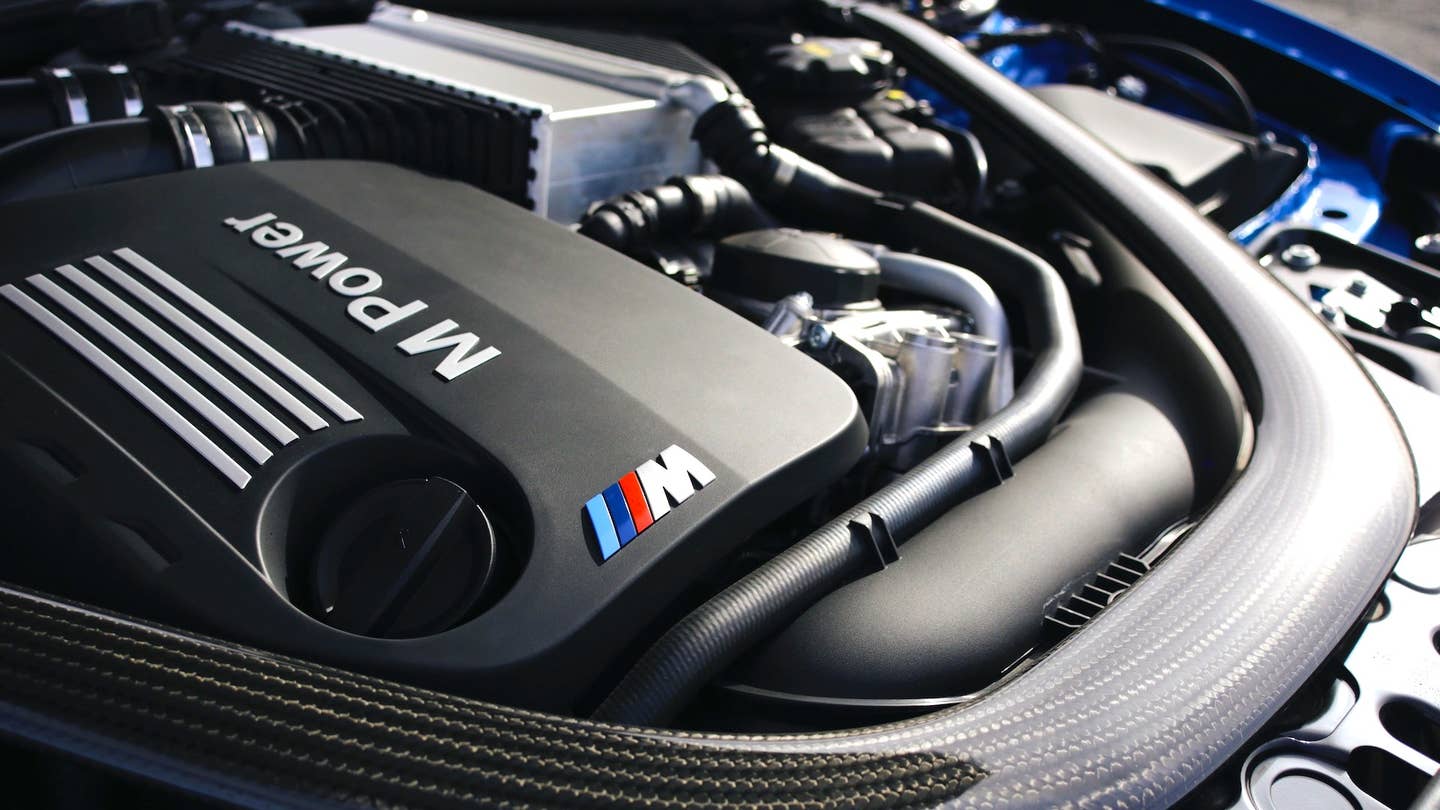
- Performance Enhancement: Intercoolers allow the engine to produce more power by increasing the amount of oxygen available for combustion. This results in higher horsepower and torque.
- Engine Longevity: By reducing the temperature of the air entering the engine, intercoolers help decrease the thermal stress on engine components, potentially extending their lifespan.
- Fuel Efficiency: Cooler, denser air leads to more efficient combustion, which can improve fuel economy under certain conditions.
Regular maintenance of your intercooler can help ensure it operates effectively and prolong its lifespan.
- Regular Checks: Inspect the intercooler for any signs of leaks, blockages, or damage. Ensure that all connections and hoses are secure.
- Cleaning Tips: Keep the intercooler clean by removing debris and dirt that can accumulate on the fins and tubes. Use a gentle cleaner and a soft brush to avoid damaging the delicate components.
- Signs of Problems: Common issues include reduced performance, higher engine temperatures, and visible damage. If you notice any of these signs, it may be time to inspect and possibly replace your intercooler.
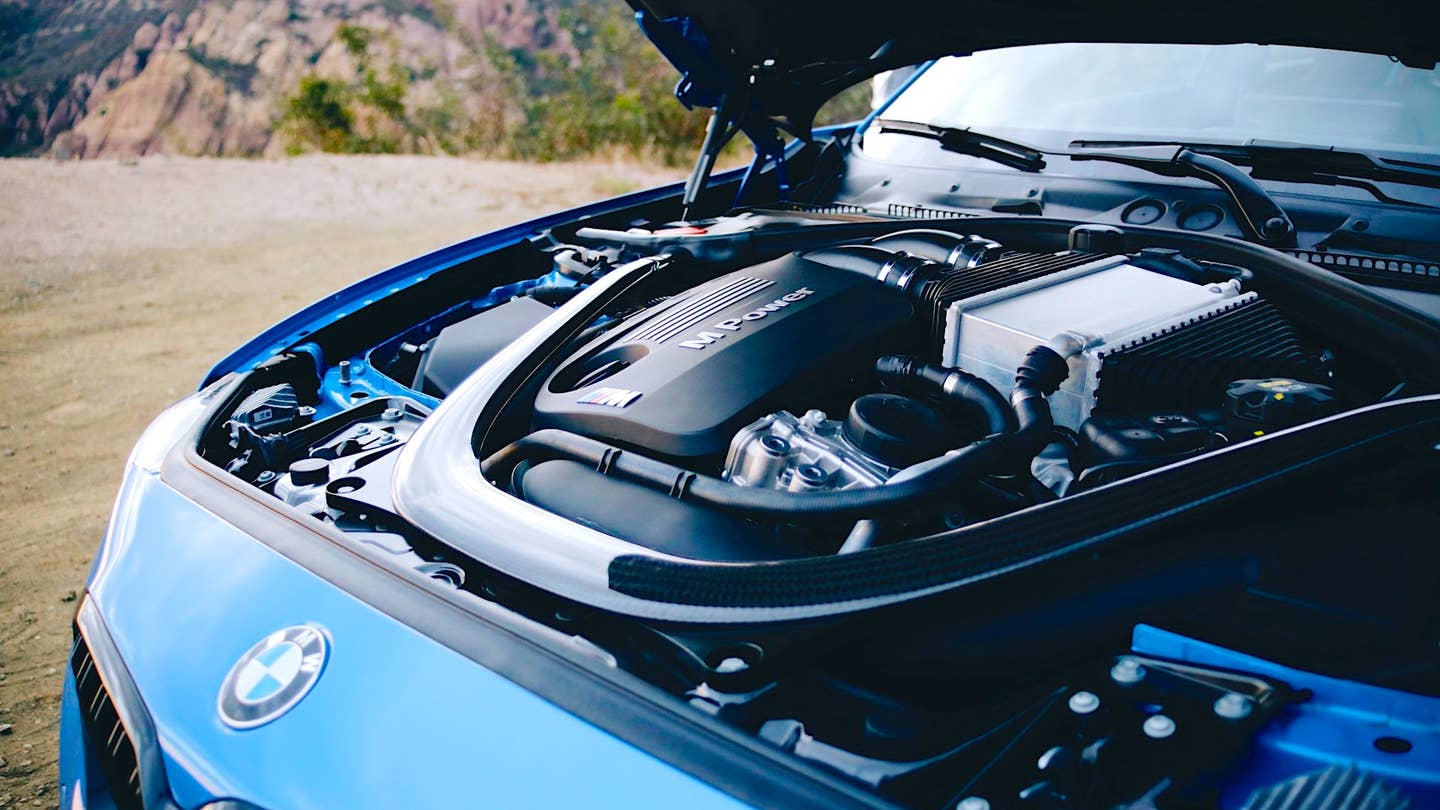
Why is cooling compressed air important?
Cooling the compressed air increases its density, allowing more oxygen into the engine, which improves combustion, enhances power, and reduces the risk of engine knocking.
Do all turbocharged or supercharged engines have intercoolers?
Most modern turbocharged and supercharged engines have intercoolers. Some older or less powerful systems might not be, but adding one can improve performance.
How often should I maintain my intercooler?
Inspect your intercooler during regular vehicle maintenance intervals. Cleaning and checking for debris, leaks, and blockages can maintain efficiency and prolong its lifespan.
Can an intercooler fail or get damaged?
Yes, intercoolers can fail due to leaks, blockages, or physical damage. Common signs of a failing intercooler include reduced engine performance, increased intake temperatures, and visible leaks or damage to the intercooler unit.
In summary, intercoolers play a crucial role in enhancing the performance and efficiency of turbocharged and supercharged engines. By cooling the compressed air, they improve combustion, leading to increased power, better fuel efficiency, and longer engine life. Whether you're looking to upgrade your current system or simply understand more about your vehicle, knowing about intercoolers is essential for any automotive enthusiast.
Click on the following link to read another blog post: What Hand Tools Do you Use Most Often In The Garage?









